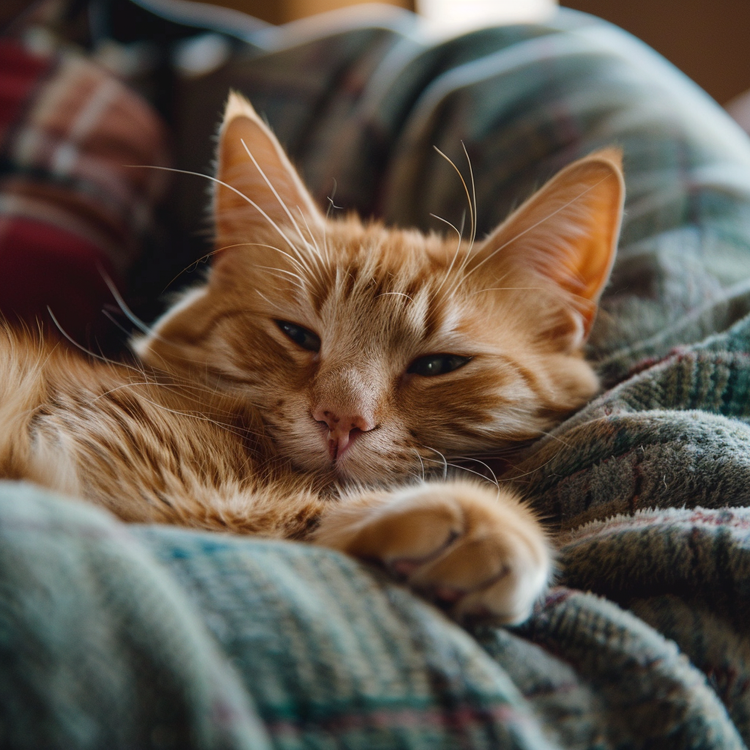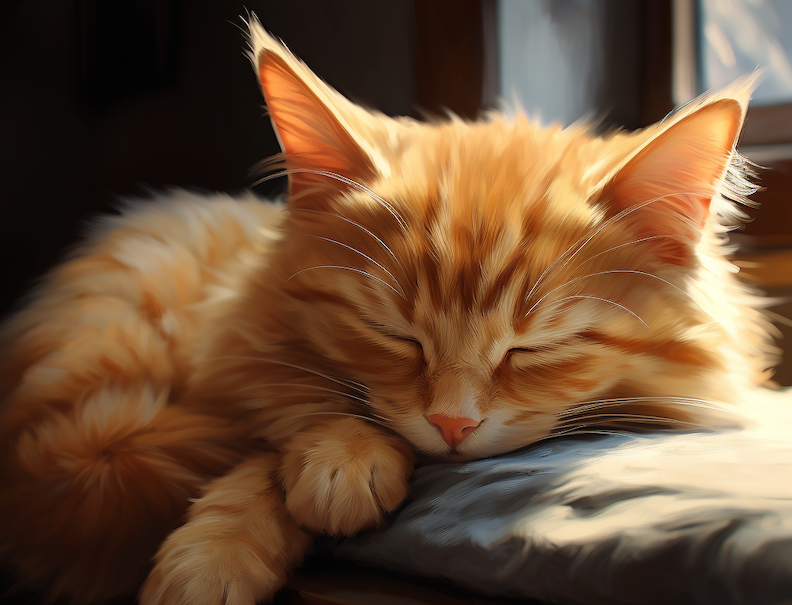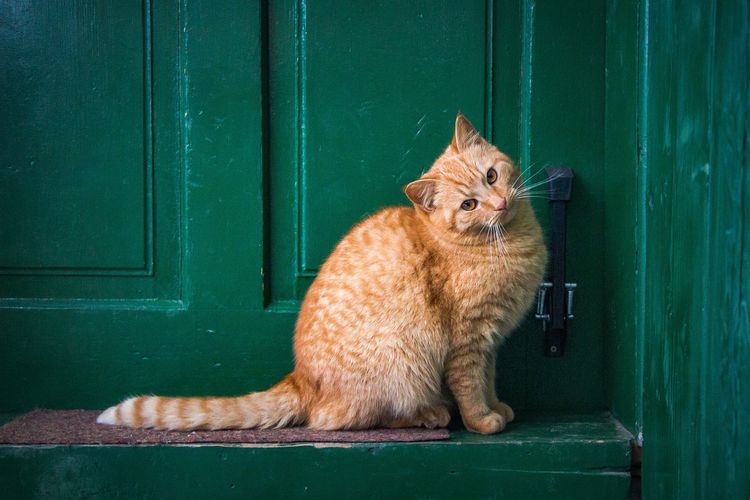Deciphering Cat Vocalizations: From Chirps to Growls

Cats, those enigmatic and beloved companions, have a language all their own—one that's composed not just of swishing tails and graceful pounces, but also a rich symphony of vocalizations. As a cat owner, you've likely marveled at the range of sounds your feline friend can produce. But have you ever wondered what these meows, growls, and purrs truly mean? In this exploration, we dive into the captivating world of cat vocalizations, uncovering the secrets behind each chirp, yowl, and caterwaul.
The World of Feline Communication
In the intricate dance of feline communication, vocalizations play a crucial role. Cats are masters of non-verbal cues, from the twitch of a whisker to the arch of a back. Yet, vocalizations carry a special weight in their social exchanges. Understanding these sounds is akin to deciphering a hidden code, revealing insights into their emotions and needs that go beyond the surface.

Types of Cat Vocalizations
Common Vocalizations
Meowing
Meows, the versatile language of cats, speak volumes. From soft trills of greeting to persistent cries for attention, each meow carries a distinct message. As you listen closely, you'll uncover the nuances—expressions of joy, requests for food, and even a plea to be let out to explore the world.
Purring
The soothing hum of a purr isn't just a comforting sound; it's a complex form of communication. Cats purr not only when content but also during times of injury or stress, perhaps as a self-soothing mechanism. Additionally, mother cats use purring to communicate with their kittens, providing a heartbeat-like rhythm of reassurance.
Chirping and Chattering
Ever observed your cat perched by the window, fixated on a bird? The curious chirps and chatters that follow might be a blend of excitement and frustration. Some experts suggest that these sounds mimic the calls of prey, revealing an instinctual desire to hunt.
Complex Vocalizations
Yowling
Yowling, with its haunting intensity, serves various purposes. Mating calls during the breeding season echo through the night, signaling readiness for reproduction. Territorial disputes can also escalate into aggressive yowls, as cats assert dominance over their territory.
Growling and Hissing
When faced with threats, cats resort to defensive measures. Growling and hissing are prime examples, conveying fear and aggression. These sounds act as a warning, signaling that a cat would prefer to avoid conflict but is prepared to defend itself if necessary.
Caterwauling
Mating season brings about the eerie wails of caterwauling. As unsettling as it may sound, this vocalization serves a crucial purpose—to attract potential mates. The symphony of caterwauls lets interested cats know that there's a suitor nearby.


Decoding Cat Vocalizations
Context and Body Language
Observing the Environment
To truly decipher a cat's vocal intent, pay attention to the environment. Is your cat near an empty food bowl or perched by the door? These contextual clues provide valuable insights into their message.
Accompanying Body Language
A cat's body language often amplifies its vocalizations. An arched back, fluffed tail, or dilated pupils can transform a simple meow into a warning. Understanding these non-verbal cues completes the puzzle of their communication.
Tone and Pitch
High-Pitched Sounds
The delightful trills and chirps that punctuate a cat's playtime aren't just entertaining; they're meaningful. High-pitched sounds often indicate excitement and happiness, reflecting the joy of exploration.
Low-Pitched Sounds
Conversely, low-pitched growls and yowls carry a different weight. These deep sounds typically emerge in situations of stress or conflict. They're the auditory equivalent of a raised hackle, signaling a need for caution.


Responding to Cat Vocalizations
Proper Cat Parenting
Meeting Basic Needs
Understanding your cat's vocal cues can make you an adept caregiver. Responding promptly to hungry meows or persistent requests for attention ensures your furry friend's well-being.
Medical and Veterinary Attention
Vocal changes can be an early indicator of health issues. If your chatty cat suddenly becomes unusually silent or exhibits excessive vocalization, it might be time for a visit to the veterinarian.
Building a Stronger Bond
Two-Way Communication
The beauty of understanding cat vocalizations lies in the reciprocity it fosters. Responding to your cat's meows and purrs with affection and attention deepens the bond you share.
Respect for Individuality
Just as each cat possesses a unique personality, their vocalizations are equally distinct. Embrace these individual patterns, for they're a testament to the singular essence of your feline companion.
Final Thoughts
As you embark on this journey into the intricate realm of cat vocalizations, remember that these sounds are more than mere noise. They're windows into your cat's emotions, needs, and desires. By mastering the art of decoding their vocal symphony, you're enriching your relationship with your feline friend. So, the next time your cat sends a message your way, take a moment to listen and respond—it's a conversation worth cherishing.
FAQs About Cat Vocalizations
Why do cats meow at different times?
Cats meow for various reasons, including greetings, requests, and attention-seeking. The timing and context of the meow provide clues to its meaning.
Do all cats purr when they're happy?
Most cats purr when content, but they also purr in stressful situations. It's believed that purring has healing properties and helps cats communicate with their kittens.
What's the significance of chirping and chattering?
Chirping and chattering often occur when cats observe birds or other prey animals. These sounds may be an expression of excitement and frustration at not being able to catch their target.
Why do cats yowl during the mating season?
Yowling is a mating call, indicating a cat's readiness to mate. These intense vocalizations serve to attract potential mates.
How can I differentiate between defensive growling and aggressive hissing?
Growling is a low sound that signals fear or defense, while hissing often accompanies aggressive behavior. Both sounds indicate that a cat feels threatened or is trying to establish dominance.


